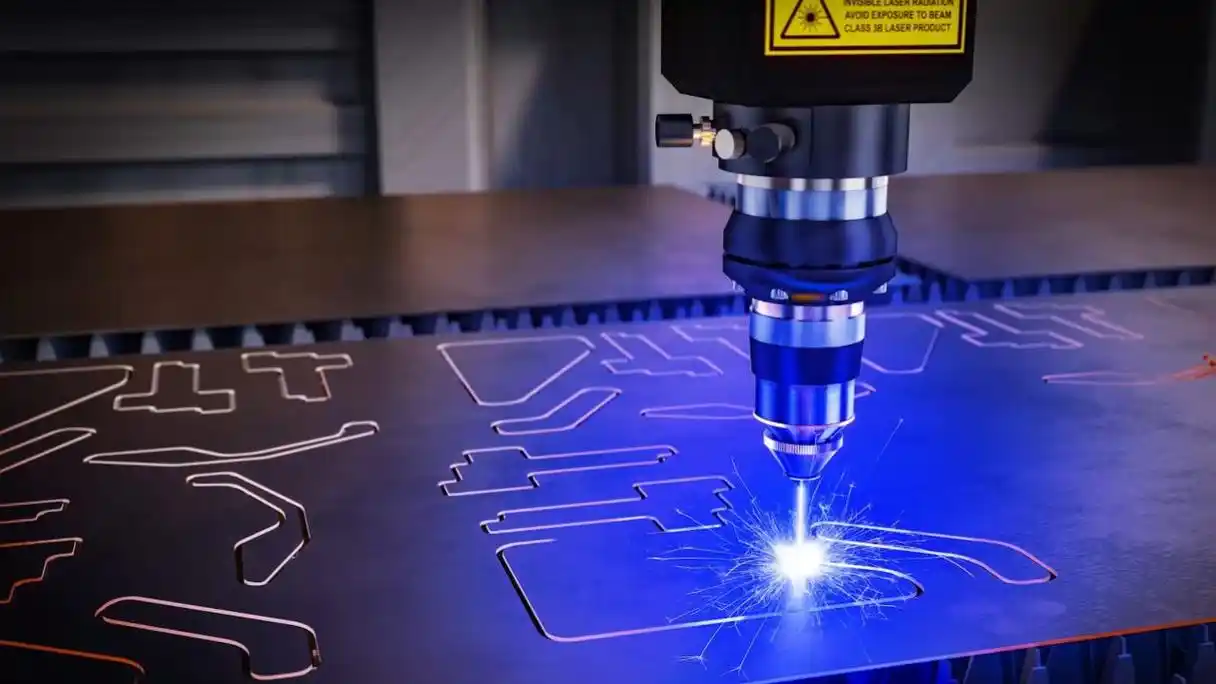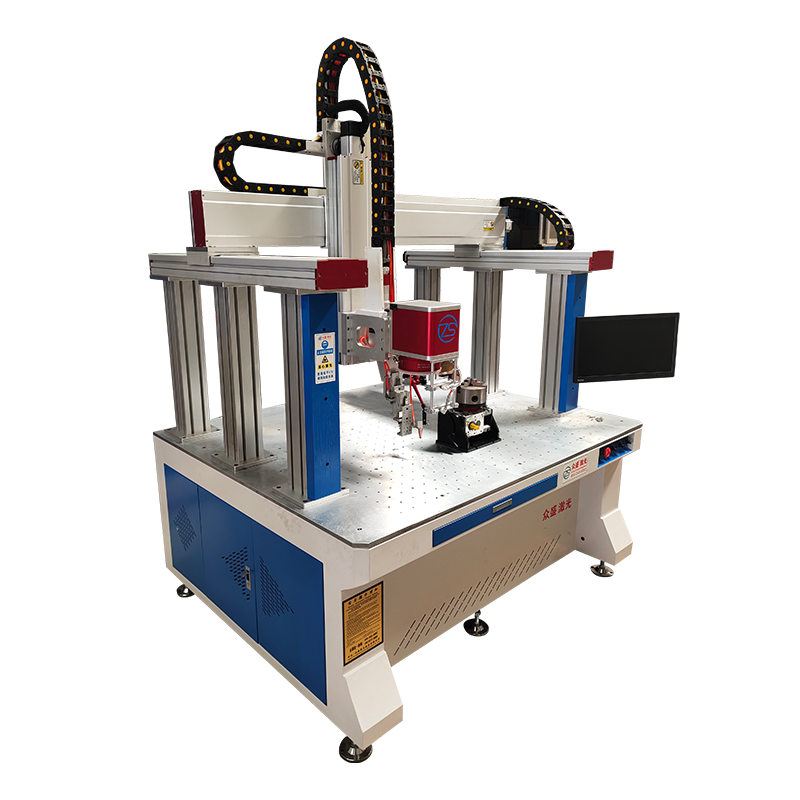When it comes to modern manufacturing, two of the most widely used laser technologies are CO2 lasers and fiber lasers. Each has unique strengths and limitations, making them suitable for different applications in industries such as automotive, electronics, aerospace, packaging, and medical devices.
This article explains the technical differences between CO2 and fiber lasers, and compares their performance in laser welding and laser marking. If you’re deciding which laser is right for your production line, this guide will help you make the right choice.

Laser Marking
1.Core Technical Differences
1.1 Wavelength and Absorption
CO2 lasers operate at 10.6 μm (infrared). Non-metallic materials such as wood, plastics, glass, paper, and rubber absorb this wavelength very well. Bare metals, however, reflect most of the energy.
Fiber lasers operate at around 1.06 μm (near-infrared). Metals strongly absorb this wavelength, which makes fiber lasers ideal for metal processing.
1.2 Beam Delivery
CO2 lasers use free-space optics and mirrors to guide the beam. This requires regular cleaning, calibration, and limits integration flexibility.
Fiber lasers deliver energy through flexible fiber-optic cables, allowing easy integration with robots, gantry systems, and scanning heads.
1.3 Efficiency and Beam Quality
CO2 lasers typically have wall-plug efficiency of 10–15%, meaning higher power consumption and cooling demand.
Fiber lasers reach 25–35% efficiency, with superior beam quality (low M² value), enabling tighter focus and higher energy density.
1.4 Maintenance and Reliability
CO2 lasers need more frequent maintenance (optics cleaning, gas refills, alignment).
Fiber lasers are solid-state, with fewer consumables and lower overall maintenance needs. The main consideration is back-reflection protection when welding reflective metals like copper or gold.
2.CO2 vs Fiber in Laser Welding
2.1 Fiber Laser Welding Advantages
Best choice for metals: stainless steel, carbon steel, aluminum, titanium, and nickel alloys.
Deep penetration welding: due to higher absorption at 1 μm.
Precision applications: small spot sizes and high aspect ratios enable micro-welding for electronics, batteries, and medical devices.
Automation friendly: fiber delivery cables make it easy to mount on robotic arms and scanning systems.
2.2 CO2 Laser Welding Uses
Non-metals and composites: surface heating, polymer joining, and certain brazing applications.
Thick plates (special cases): previously CO2 was used for deep welds in thick sections, but today fiber and disk lasers dominate this area.
Gentle heat input: useful in niche applications where broad surface heating is desired.
2.3 Weld Quality and Cost
Fiber lasers: higher coupling efficiency, less heat distortion, stable keyhole formation, reduced spatter when combined with wobble welding or power ramping.
CO2 lasers: less effective on metals, but can still be valuable where organic or composite materials are the focus.
Cost of ownership: fiber lasers offer higher energy efficiency and lower maintenance, reducing total cost in high-volume manufacturing.

Laser Welding Machine
3.CO2 vs Fiber in Laser Marking
3.1 Fiber Laser Marking
Metals: ideal for engraving, annealing black marks, deep engraving, and high-contrast QR codes.
Plastics: can mark certain plastics (with additives) clearly; MOPA fiber lasers enable fine control for white markings on anodized aluminum or color marking on stainless steel.
Speed and resolution: smaller spot sizes allow fine details, high-density data, and fast throughput.
3.2 CO2 Laser Marking
Non-metals: excellent for wood, paper, cardboard, leather, rubber, acrylic, and glass. Produces high-contrast, clean marks or frosted effects on glass.
Plastics: many types respond well to CO2, creating black or white contrast by foaming or carbonizing the surface.
Metals: limited direct marking ability; usually requires a coating or anodized layer.
4.Choosing the Right Laser for Your Application
| Application | Best Choice | Notes |
| Metal welding (automotive, aerospace, batteries) | Fiber laser | High absorption, precision, efficient integration |
| Non-metal joining or surface heating | CO2 laser | Strong absorption in organic materials |
| Metal marking (engraving, QR codes, black marking) | Fiber laser | High resolution and durability |
| Wood, paper, leather, glass marking | CO2 laser | Clean, aesthetic results |
| Plastic marking | Depends on material | Fiber for engineering plastics, CO2 for packaging plastics, UV for delicate plastics |
5.Conclusion
In the debate of CO2 laser vs fiber laser, the decision comes down to material type and application:
For metal welding and metal marking, fiber lasers dominate thanks to their wavelength, efficiency, and flexibility.
For non-metal materials such as wood, glass, leather, or plastics, CO2 lasers remain the go-to solution.
Both technologies still have an important role in manufacturing. By understanding their differences in wavelength, beam delivery, efficiency, and application strengths, you can select the right laser system to maximize productivity and product quality.
If your production requires laser marking equipment, laser welding equipment or laser tube cutting equipment, please contact us directly and we will tailor the product to suit your production needs.
 ZS Laser Equipment
ZS Laser Equipment


WhatsApp
Scan the QR Code to start a WhatsApp chat with us.